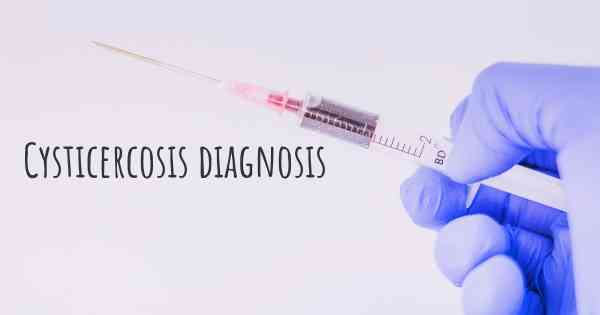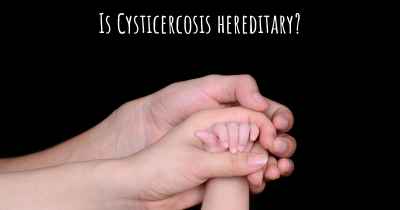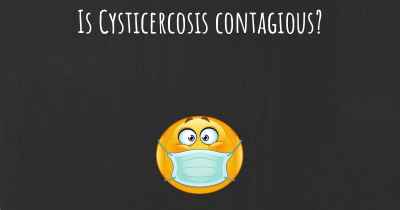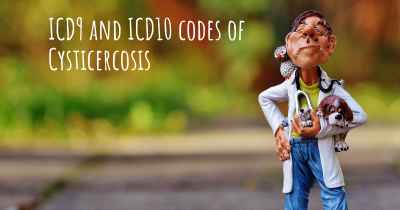How is Cysticercosis diagnosed?
See how Cysticercosis is diagnosed. Which specialists are essential to meet, what tests are needed and other useful information for the diagnosis of Cysticercosis

Cysticercosis is a parasitic infection caused by the larvae of the pork tapeworm, Taenia solium. It primarily affects the muscles, brain, and other tissues of the human body. Diagnosing cysticercosis involves a combination of clinical evaluation, imaging tests, and laboratory investigations.
Clinical Evaluation: The first step in diagnosing cysticercosis is a thorough clinical evaluation. The doctor will review the patient's medical history, symptoms, and conduct a physical examination. They will inquire about any recent travel to regions where the infection is prevalent, as well as exposure to contaminated food or water.
Imaging Tests: Imaging tests play a crucial role in diagnosing cysticercosis. The most commonly used imaging technique is neuroimaging, which includes computed tomography (CT) scans or magnetic resonance imaging (MRI) of the brain. These scans help identify the presence of cysts or lesions in the brain or other affected organs. The characteristic appearance of cysticercosis on imaging includes small cysts with a scolex (head) inside.
Laboratory Investigations: Laboratory tests are essential for confirming the diagnosis of cysticercosis. These tests include:
- Antibody Detection: Blood tests can detect specific antibodies produced by the body in response to the presence of the tapeworm larvae. Enzyme-linked immunosorbent assay (ELISA) is commonly used to detect these antibodies.
- Immunoblotting: Immunoblotting, also known as Western blot, is a confirmatory test that can differentiate between active and past infections. It detects specific proteins produced by the tapeworm larvae.
- Cerebrospinal Fluid Examination: In cases where neurocysticercosis (cysticercosis affecting the brain) is suspected, a lumbar puncture may be performed to collect cerebrospinal fluid (CSF). The CSF can be analyzed for the presence of antibodies or other indicators of infection.
It is important to note that the diagnosis of cysticercosis can be challenging due to its varied clinical manifestations and the need for specialized tests. Therefore, it is crucial to consult a healthcare professional for an accurate diagnosis and appropriate management of the condition.








